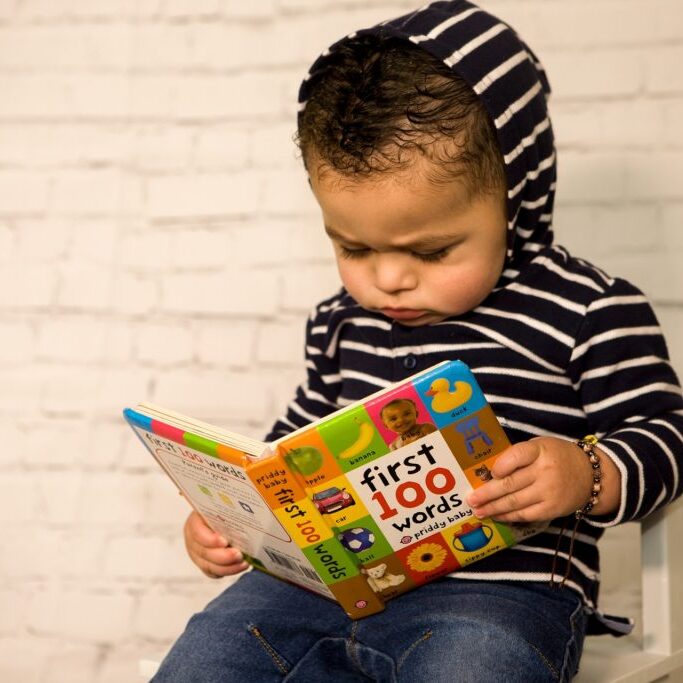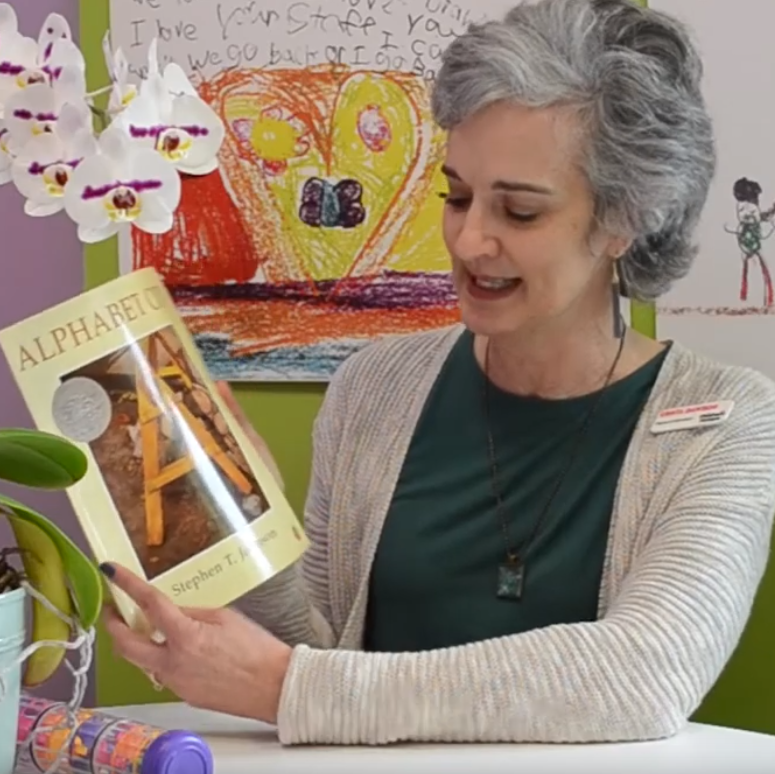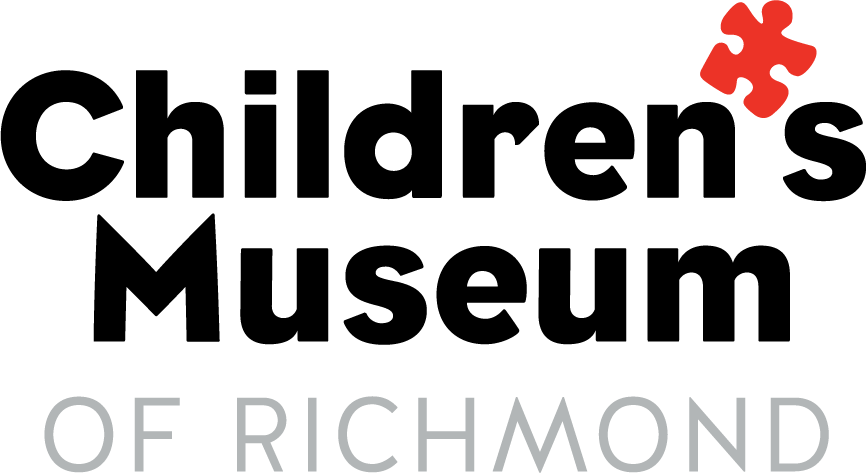Play Ahead – Introducing Children to Books
Reading books to babies and toddlers is one of the greatest pleasures of any parent. Not only will you and your little one look forward to snuggling up together with a good book, but you will be making a significant step toward helping your baby to be a successful learner. Children who grow up with…
Published on April 6, 2020

Reading books to babies and toddlers is one of the greatest pleasures of any parent. Not only will you and your little one look forward to snuggling up together with a good book, but you will be making a significant step toward helping your baby to be a successful learner. Children who grow up with books are more likely to be better readers in school. Remember, you are your child’s first teacher. Studies of brain development in infants suggest that the best time to begin reading to children is when they are between 3 months and 3 years old. With so many wonderful books available at bookstores and libraries, it is easy to start daily “story time” in your home. Borrow books from the library so there will always be lots of books in your home. Take books with you for trips in the car or bus; visits to doctor’s offices; for standing in long lines.

The Benefits of Reading to Your Baby
• Reading together promotes a positive and loving bond between
parent and child.
• Baby associates her parent’s voice with comfort and security.
• Reading can calm the restless baby.
• Reading will help your baby to learn to talk as she imitates sounds and words.
• Reading nursery rhymes and singing simple songs entertains a baby.
How to Read to Babies and Toddlers
• Set up a special daily reading time in your routine, such as nap time, after meals or bedtime when both your child and you are in the mood to read.
• Don’t worry if you are not good at reading aloud; reading slowly is soothing to your child and helps her hear words more clearly.
• Choose a place for reading where you will not be disturbed by noise, television, telephone, etc.
• Choose a book that is not only appropriate for your child, but a book that you will enjoy, too.
• Body language is important, so snuggle up together.
• Keep reading times fun and short; even a few minutes are helpful. Pushing to get off your lap, arching the back or crying are clues that your little one has had enough for one session.
• Hold the child so pictures can be easily seen by her; your newborn focuses more on your voice in the beginning, but as she is able to hold up her head and focus, pictures become more important.
• Point to and identify things as you read.
• Don’t be afraid to use a dramatic voice when the story calls for it or to sing nursery rhymes.
• Re-read favorite books often.
• Allow your child to “help” read as she gets older by turning pages, pointing and imitating sounds and words.
What to Expect and What to Read
0-6 months
• Very young babies don’t focus well.
• Choose books with large simple pictures and bold colors like red, black, green and blue.
• Babies explore books with hands and mouth-especially the mouth.
• Choose books that are easily cleaned: Sturdy board books, vinyl books, cloth books to toss in the wash.
• Sing songs from nursery rhyme books and rock baby.
• Babies like pictures of other babies’ faces.
6-15 months
Baby begins to understand familiar objects and family members. She begins to understand the idea of books, the look and feel of books. Books should still be sturdy and washable.
• Choose books with texture: “touch and feel” books are good choices.
• Choose books with pictures of familiar objects from baby’s world.
• Add “lift the flap” books or books with holes.
• Point to and name objects as you read. Your little one will try to imitate sounds.
• Baby begins to “help” read by turning pages.
Young Toddlers: 15 months to 2 years
Toddlers enjoy hearing the same stories over again and again. They like to help pick out the books for reading. Play simple finger games and action rhymes together.
• Introduce some small, easy to carry books.
• Introduce books of different sizes and shapes. (18-24 months)
• Choose books with a few simple words on the page.
• Choose books about children doing familiar things like sleeping, bathing and playing.
• Introduce informational books such as books about shapes, colors and counting.
• Select books about goodnight, hello and goodbye.
Toddlers: 2-3 years
In addition to the choices for young toddlers, add:
• Books that tell simple stories
• Rhyming books
• Informational books such as vehicle books, animal books,
alphabet books
Show your child how reading “works.” Point out printed words on signs, in stores, magazines, mail, shopping lists, on menus. The possibilities are endless. Just remember to have fun!
